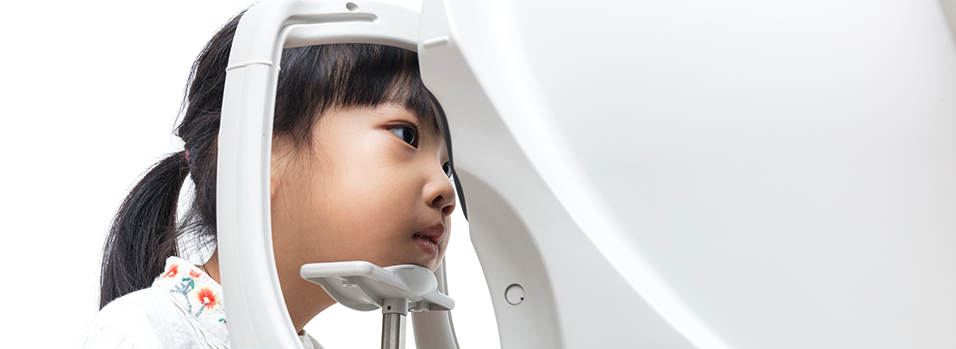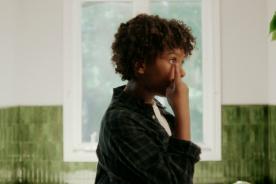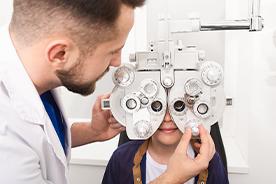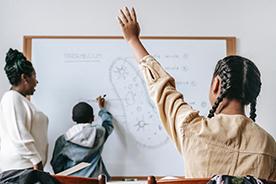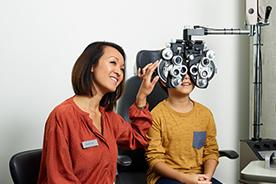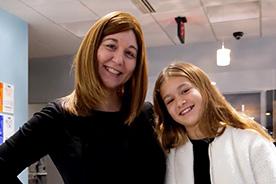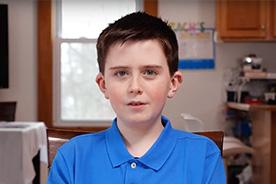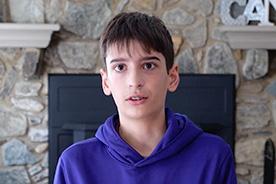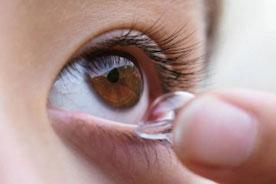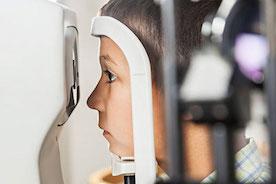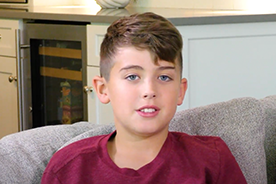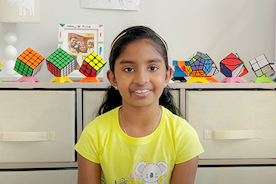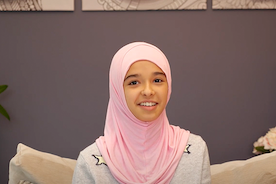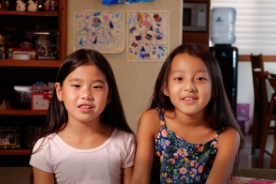Trouble seeing the board at school, frequent squinting, complaints of headaches, a rising amount screen time—whatever prompted you to schedule an eye appointment for your child, it was clear: something was wrong. Next, you learn that your child has myopia or nearsightedness. What do you do now?
First, it’s important that you do something.
That may seem obvious, but it’s important to underscore here because that hasn’t always been the case with myopia. Myopia, more commonly known as nearsightedness, often meant glasses with continually higher prescriptions as the condition progressed and vision declined. CooperVision’s myopia simulator can give you a glimpse of what that progression looks like through the eyes of a child. Perhaps that was even your own experience. Since then, the world’s understanding of myopia has developed, and the necessary technology alongside it. Now we can do something to slow the progression of myopia and we must.
Not only does slowing the progression of myopia help preserve your child’s vision, it keeps their eyes healthier and at less risk for serious eye conditions later on such as cataracts, glaucoma and retinal detachment, all conditions that can lead to visual impairment and even blindness.1 Fortunately, you have options to support your child’s eye health and keep their future bright, including CooperVision’s Brilliant Futures™ Myopia Management Program with MiSight® 1 day contact lenses.

